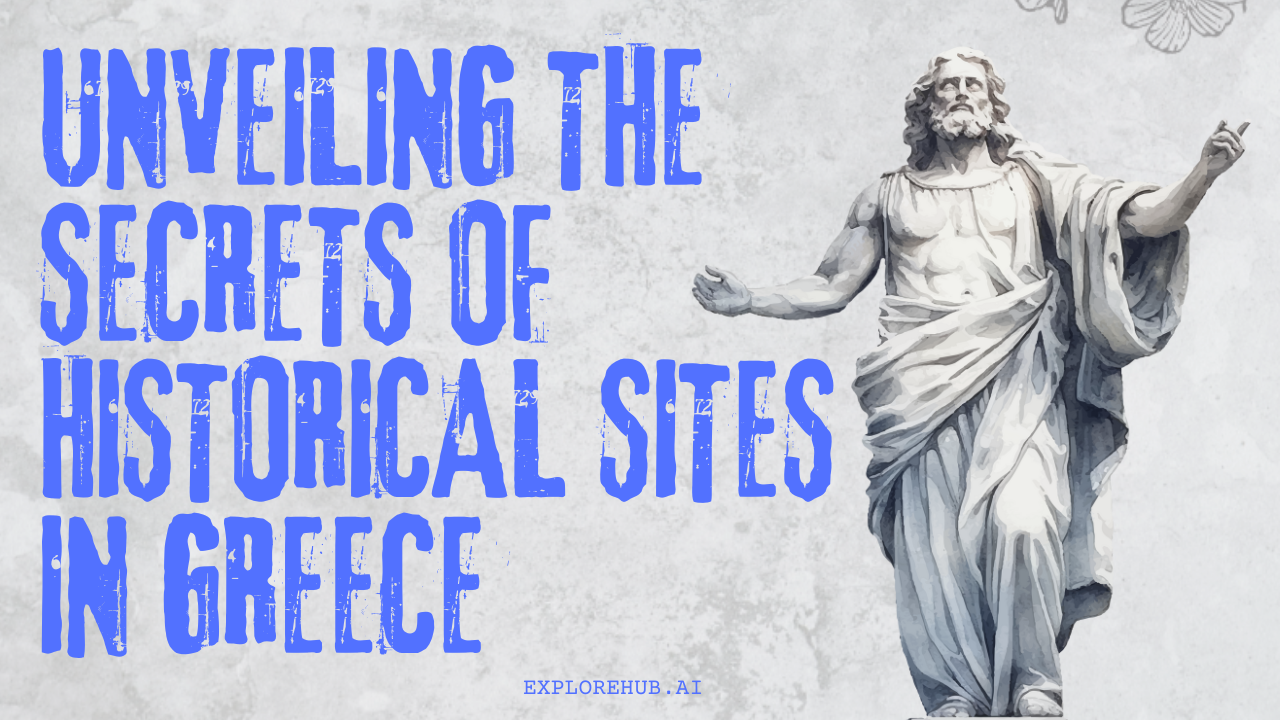Greece, the land of gods, myths, and legendary warriors, is a treasure trove of historical marvels. From iconic temples to breathtaking theaters, every corner of this country tells a story of its glorious past. If you’re a history enthusiast or simply love to explore, Greece offers an unparalleled journey through time. Let’s delve into the secrets of its most awe-inspiring historical sites.
Table of Contents
The Acropolis of Athens: The Pinnacle of Greek Civilization
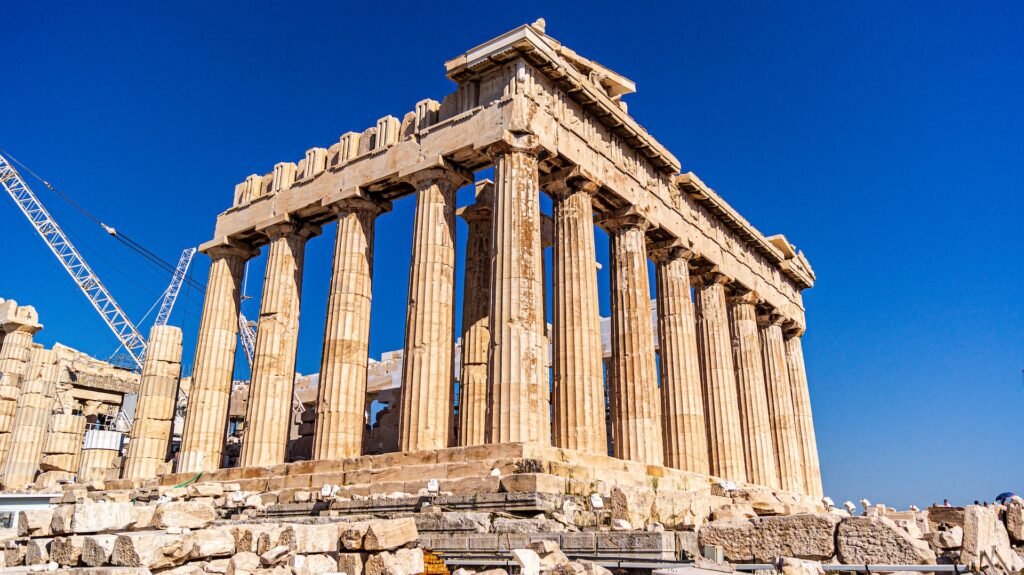
One of the most famous landmarks in the world, the Acropolis stands proudly over Athens. The Parthenon, dedicated to Athena, dominates the hilltop, while the Erechtheion and the Temple of Athena Nike showcase ancient Greek architectural brilliance.
Delphi: The Oracle’s Ancient Sanctuary
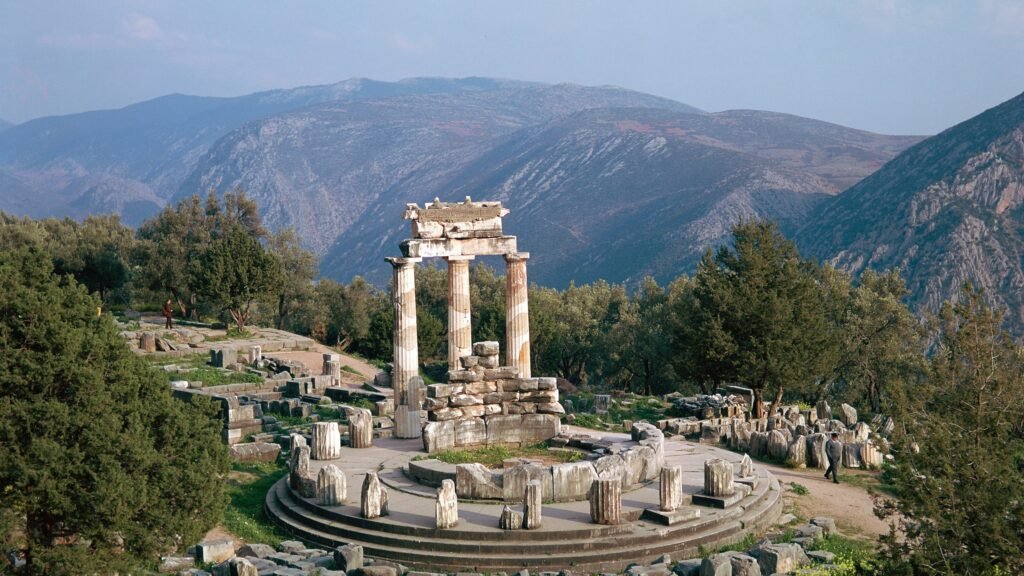
Once considered the center of the world, Delphi was home to the Oracle of Apollo. Pilgrims from across the ancient world visited to seek guidance. Today, visitors can explore the ruins of the Temple of Apollo and marvel at the enigmatic Tholos.
Olympia: The Birthplace of the Olympic Games
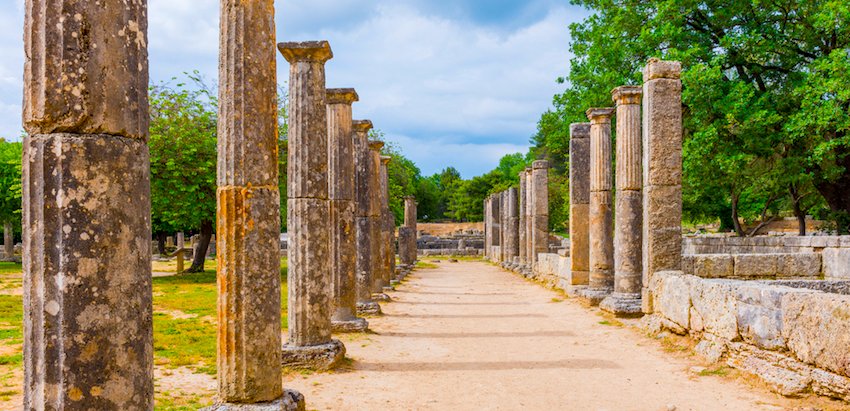
Olympia gave the world the Olympic Games, first held in 776 BC. The Temple of Zeus, home to one of the Seven Wonders of the Ancient World, and the ancient stadium remain key attractions.
Epidaurus: The Marvel of Ancient Greek Theater
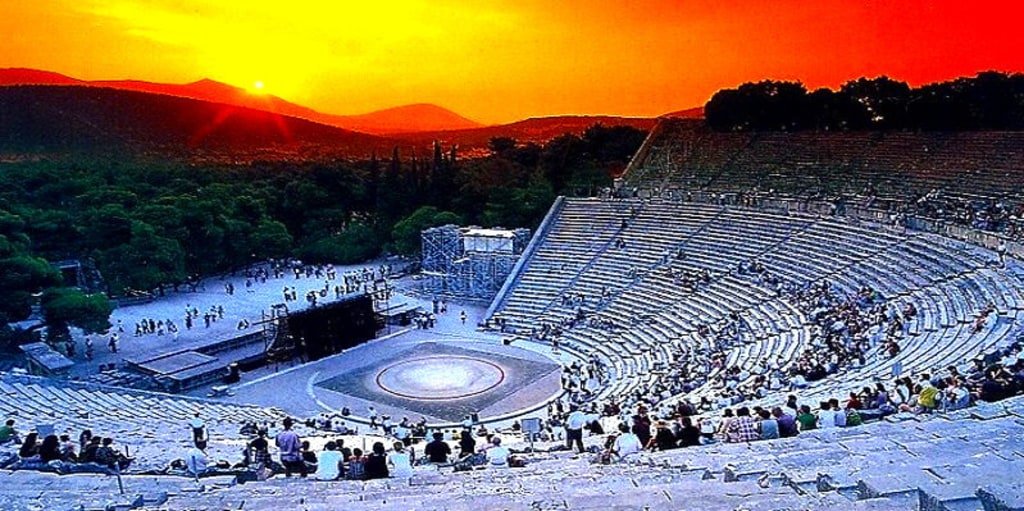
The flawless acoustics of this historic theatre are well known. Constructed in the 4th century BC, it still organises performances today and has space for 14,000 people.
Knossos: The Minoan Civilization’s Crown Jewel
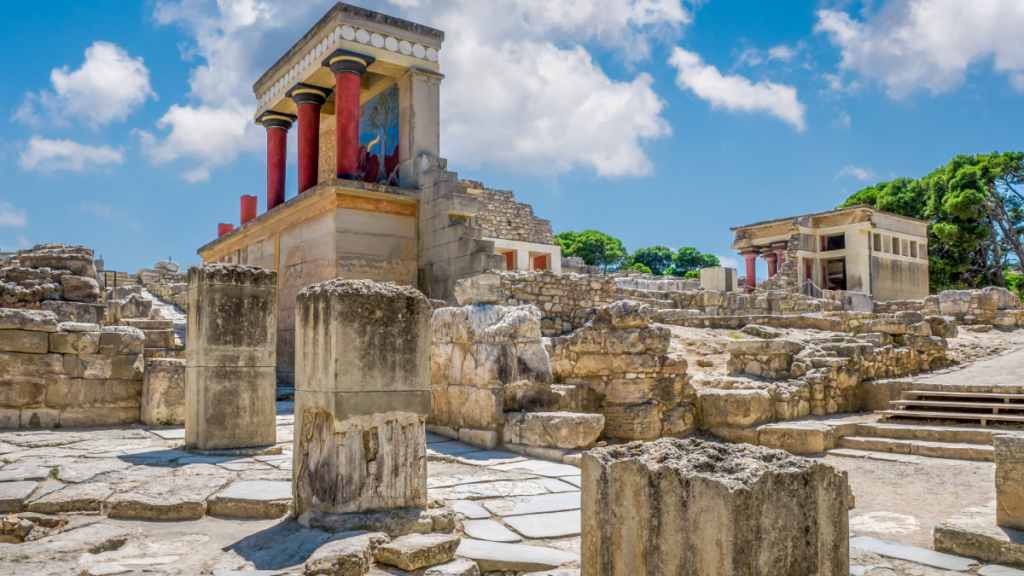
Knossos, the legendary palace of King Minos, is believed to be the inspiration for the myth of the Minotaur. The ruins of its grand palace provide a glimpse into Minoan life.
Mycenae: The City of Agamemnon

This once-mighty kingdom, ruled by King Agamemnon, played a crucial role in the Trojan War. The Lion’s Gate and the Treasury of Atreus are must-see sites.
Meteora: Monasteries Suspended in Air

Perched on towering rock pillars, the monasteries of Meteora offer a breathtaking fusion of nature and history. Originally built by monks seeking solitude, they remain active today.
Delos: The Birthplace of Apollo and Artemis
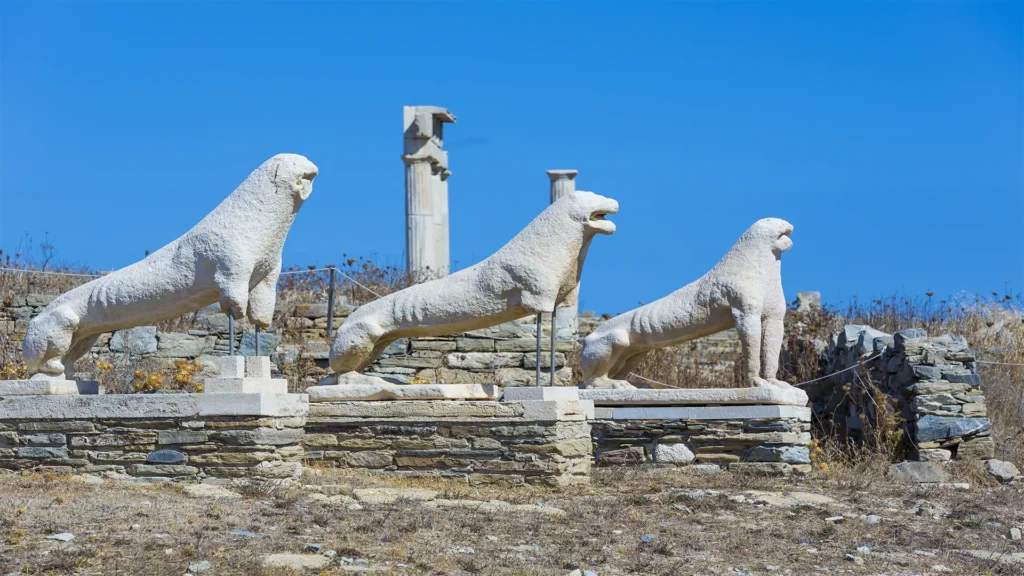
According to mythology, Delos is where Apollo and Artemis were born. This sacred island boasts ruins like the Terrace of the Lions and grand mosaic-adorned houses.
Corinth: A Hub of Ancient Trade and Culture

Ancient Corinth was a thriving trade center. The ruins of the Temple of Apollo and the fortress of Acrocorinth are among the highlights.
Rhodes: The Island of the Colossus
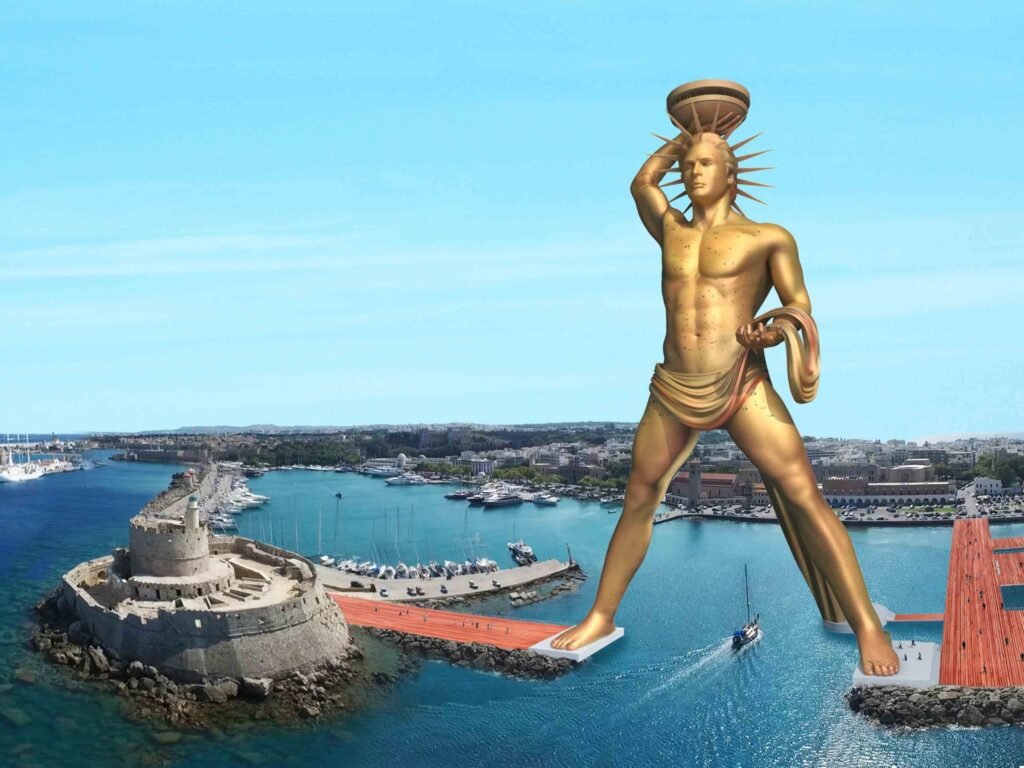
Home to the legendary Colossus of Rhodes, this island offers medieval castles and a well-preserved Old Town that transports visitors back in time.
Vergina: The Royal Tombs of Macedonia

Vergina is famous for the tomb of Philip II, father of Alexander the Great. The artifacts discovered here provide invaluable insight into ancient Macedonian royalty.
Dodona: Greece’s Oldest Oracle Site
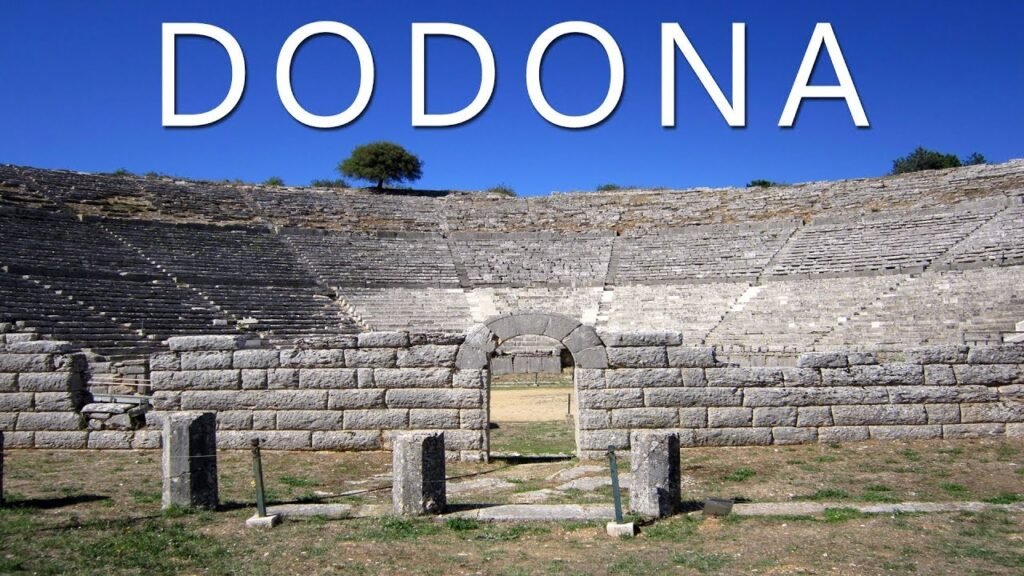
Before Delphi, Dodona was the main oracle site in Greece. The grand theater and sacred oak tree remain as remnants of its mystical past.
Sparta: The Land of the Legendary Warriors

Though its ruins are modest compared to Athens, Sparta’s history as a military powerhouse is legendary. A visit to the archaeological site reveals its once-great glory.
Also Visit:
Ultimate Guide to Solo Travel Destinations in South America
Top 10 Solo Travel Destinations in South America for Adventurers
Navigating Southeast Asia: Budget Travel Tips for First-Time Travelers
Experience Luxury on a Budget Travel Tips for Southeast Asia
Budget Travel Tips for Southeast Asia: Navigating Public Transport
Conclusion
Greece is a living museum, brimming with remnants of its golden past. Whether you seek myth, history, or architectural wonders, the historical sites of Greece offer something for everyone. Pack your bags and embark on a timeless adventure!

